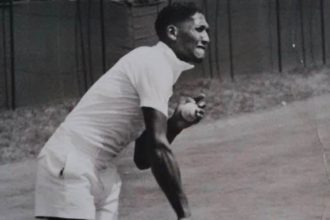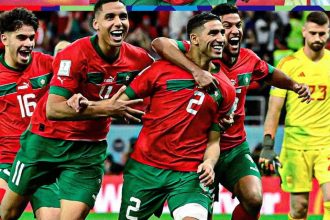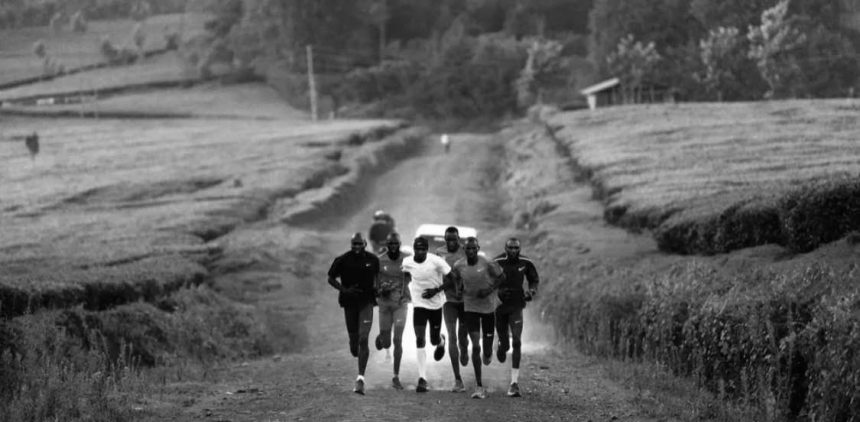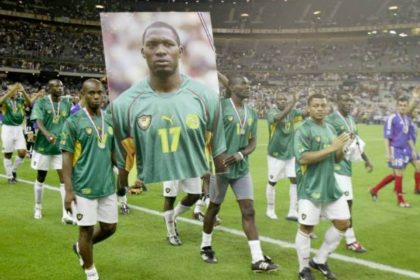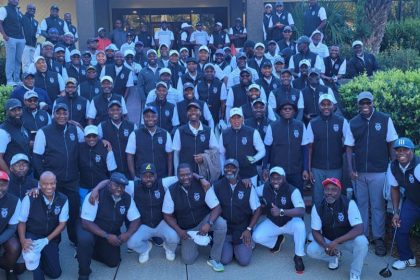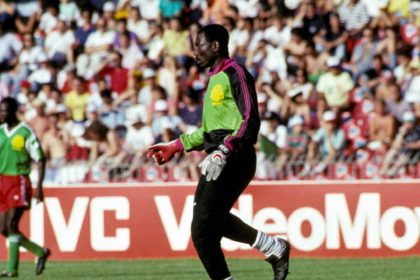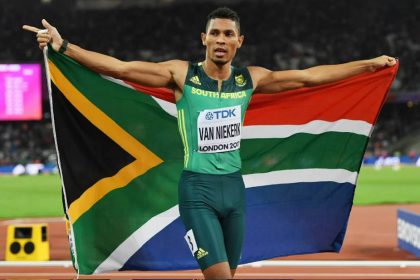Nestled in the heart of East Africa, the ancient tribes of Kalenjin, Arsi, and Shewa have long been bearers of an extraordinary heritage: the art of endurance racing. As the sun rises over the sweeping landscapes of Kenya, Uganda, Tanzania and Ethiopia, these communities have, for generations, carried the torch of a timeless tradition, pushing the boundaries of human capability. In this exploration of their remarkable journey through time, we at Moor Sportz unravel the unique and salient pattern of endurance races, tracing their origins, evolution, and the indomitable spirit that drives these tribes to continue their extraordinary athletic legacy. Join us on a captivating voyage into the world of these remarkable cultures, where foot races have transcended mere competition and become a testament to the enduring human spirit.
The middle distance races recognised by the World Athletics are 800 metres and 1,500 metres, while the long distance running race types are 5,000 metres, 10,000 metres and the marathon. It has long been established since records started that running races were dominated by athletes originating from specific regions of the world. For instance, best sprints performances are dominated by a few runners with West African ancestry and East African runners from Kenya, Somalia, Ethiopia, Uganda, Tanzania dominate the middle and long running distances up to marathons. In sprinting, runners from Jamaica were the best specifically.
Kenya is known particularly to be home to many of the great marathon runners in the world and It doesn’t seem to be a coincidence. Many of these world-class runners come from a certain village called Iten, the “city of champions,” a village that sits on the edge of Rift Valley, 7,000 feet above sea level.

Iten is a village in Elgeyo-Marakwet County in this East African country. It is located along the road between Eldoret and Kabarnet at the junction of the road heading to Kapsowar. Elgeyo escarpment and Kerio River are located east of Iten. This Iten village is part of the larger Kalenjin tribe.
These Kalenjin people are a group of tribes indigenous to East Africa, residing mainly along what was formerly the Rift Valley Province in Kenya and the Eastern slopes of Mount Elgon in Uganda, they also have significant populations in Tanzania.
The Great Rift Valley is part of an intra-continental ridge system that runs through Kenya from north to south and It is part of the Gregory Rift, the eastern branch of the East African Rift, which starts in Tanzania to the south and continues northward into Ethiopia, they are about 4.5 million people in total.
They herd cattle and own large swathes of farmland and they are popular for producing almost half the supply of Kenyan maize.
A study found that Kalenjin people from the region could outrun 90% of global population. Whenever international marathon races are to be hosted by any country across the globe, the first thing that often comes to the mind of the organisers is the Kalenjin tribe because about 73% of Kenya’s Olympic medal winners are from this tribe and they’ve dominated the international marathon races for decades now.
There are also many elite endurance athletes that hailed from Ethiopia.
For instance Haile Gebre Selassie is regarded universally as the greatest distance runner of all times and he was born in the province of Arsi in Central Ethiopia. Arsi is a fertile region in the central Ethiopian plateau that has produced many other great long-distant runners too like Derartu Tulu, Fatuma Roba, of course this Arsi region in Ethiopia is a high altitude region too. My research reveals that the overwhelming majority of Ethiopian marathoners were from the two regions of Arsi and Shewa, the legendary Shambel Abebe Bikila for example came from this Shewa region also. Obviously East African nationality seemed also to be important in pacing. When data of 117,595 women and 180,487 men competing in the ‘New York City Marathon’ between 2006 and 2016 were analysed, Ethiopians and Kenyans were the fastest and runners from these countries showed more even pacing strategies than runners from other nationalities.
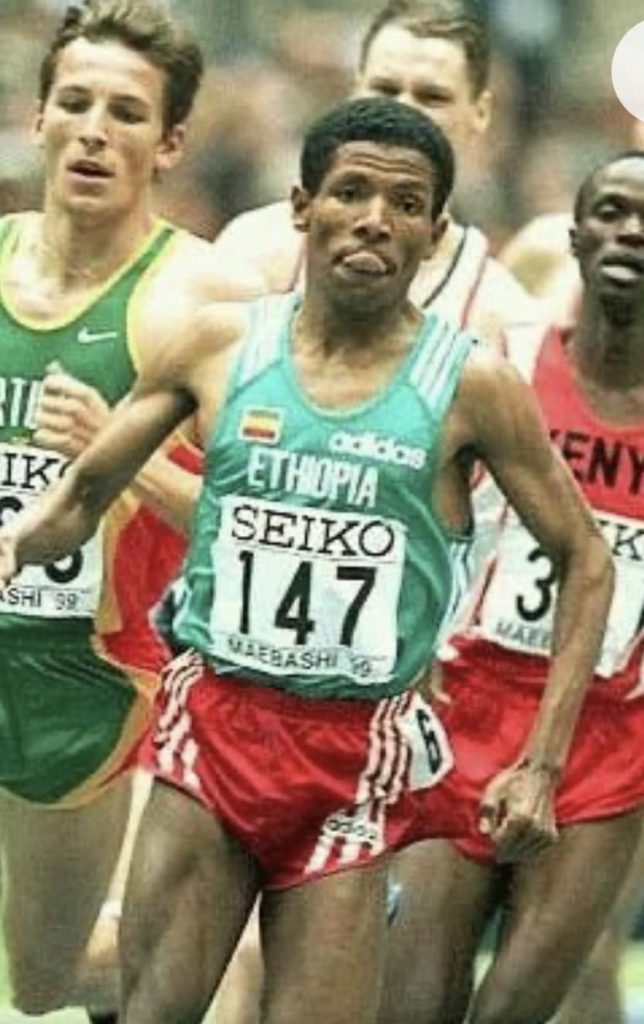
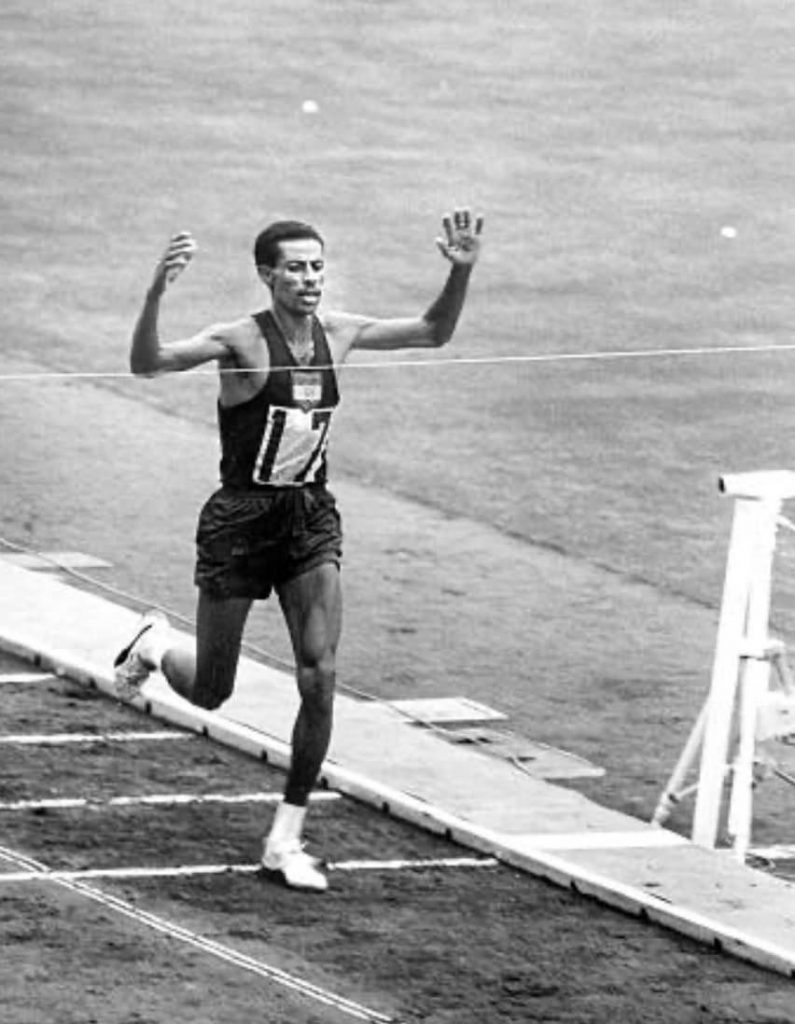
All these have been cases that have attracted the curiosity of Scientists and researchers globally for decades to question how these East African runners keep winning all the time.
Harvard biologist Daniel Lieberman, who studied the evolution of running, said it was impossible to quantify — “it’s a mixture of factors like training, culture, biology, and the runner’s determination”. Daniel Lieberman’s explanation can easily be sustained because there are loads of places with high altitudes around the world, like the Bolivia’s highest points in La Paz, Lake Titicaca and Bolivia’s mountains, Mexican Andes and Nepal, yet no known long distance runner of international repute have ever emerged from those regions.
Although it is clear that living and training at high altitudes results in a variety of physiological adaptations, like the examples of the Kalenjin, Arsi and Shewa tribes given above, but the exact nature and relative importance of these adaptations to the success of athletes from these altitude areas are yet to be fully established.
Legendary runner Ron Clarke highlighted this clearly in 1981;
Record breaking in distance running has come from very small areas of the world. New Zealand; Australia; England; a small part of the African continent and maybe the Finland. These countries have produced the record breakers and yet none of the areas are the same. Why such a small area of the world has prolifically produced world record holders I don’t know
The periodic domination of middle and long distance running by different regions of the world has indeed been an interesting phenomenon since modern athletics started.
In the early periods of the modern Olympics, Paavo Nurmi from the Scandinavian country of Finland (1897- 1973) – known as the ‘Flying Finn’ – was a medium and long distance runs’ Colossus. He spent his childhood in a small cabin in the woods, where he was forced to follow a diet based on vegetables and dried fish, which, together with the cold Finnish winters, all were said to be key to developing his great resistance. Although he won many Olympic races, his prominent triumphs were in Antwerp 1920 (10,000 m), Paris 1924 (5,000m) and Amsterdam 1928 (10,000 m). Nurmi introduced the regular stride technique, setting the pace on the stopwatch and distributing his energy evenly throughout the races. So dietary, environmental factors and training regimes were clearly implicated in the early endurance race’s successes of Paavo Nurmi. It also interesting to know that the Scandinavian distance runners from Finland and Norway in the early 20th century, won 28 of 36 possible Olympic medals over 5000 and 10 000 m.
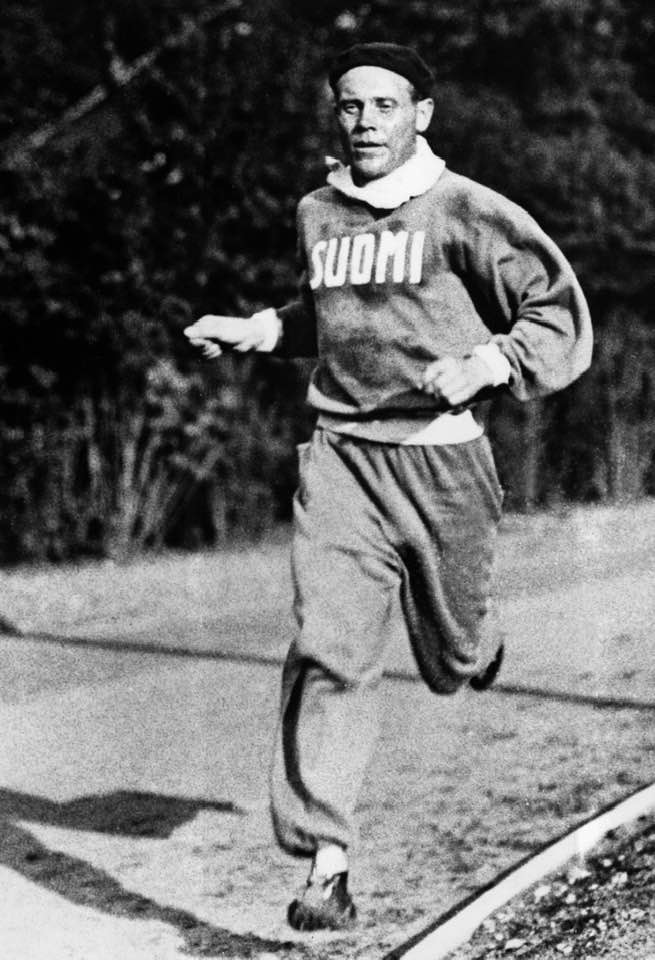
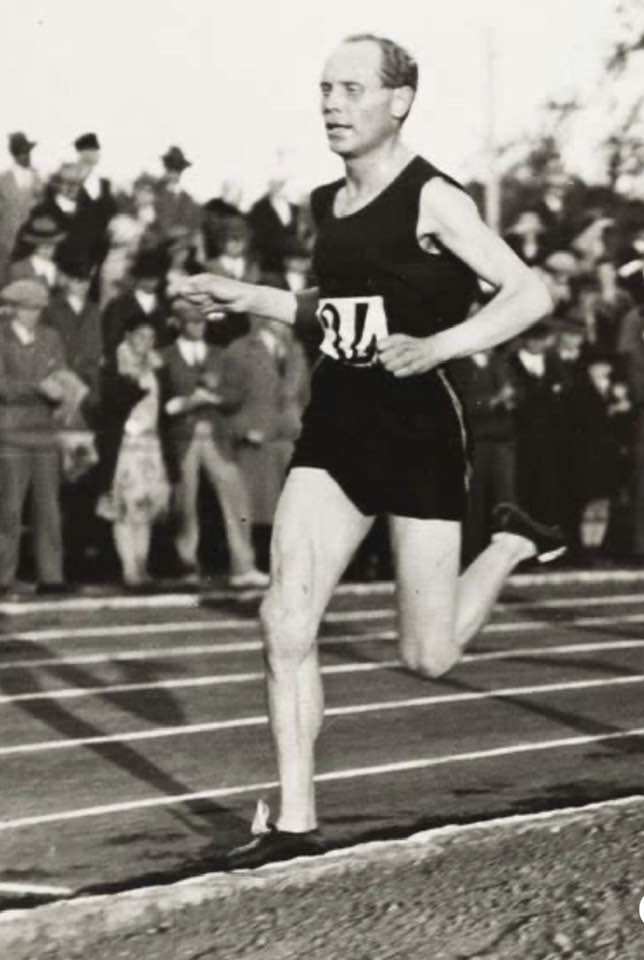
It was the turn of East Africa runners in the mid 20th century when Shambel Abebe Bikila, an Ethiopian marathon runner who was a back-to-back Olympic marathon champion heralded the new era of the people of this region in long distance races’ dominance. He appeared suddenly at the 1960 Summer Olympics marathon in Rome running barefooted, Abebe purchased new running shoes, but they did not fit well and gave him blisters. He stunned the whole world by winning the first gold medal for Ethiopia and Africa in the Olympics games of that summer.
Another unknown runner Kip Keino from the aforementioned village of Iten ushered in a new age of running for Kenya when he won gold in the 1,500 meter at the 1968 Olympics, despite having a gallbladder infection. It was the first of many medals to be won by runners from this Peculiar Village and it helped turn the world’s gaze to the region.
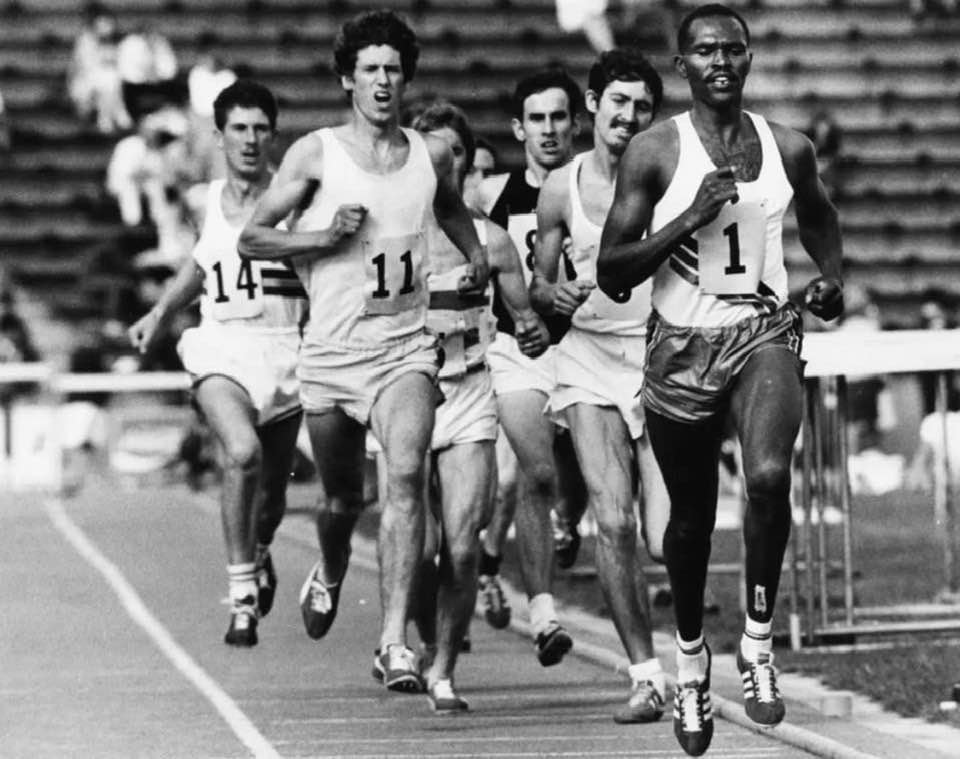
After Keino, came winner after winner. Between 1988 and 2012, 20 out of 25 male winners of the Boston Marathon were from Kenya. In October 2011, after the Berlin Marathon, sports writer David Epstein said the statistics were laughable. “There are 17 American men in history who have run under 2:10 in the marathon. There were 32 Kalenjin people who did it in just October of 2011,” he said.
What used to be an unknown region is now a mecca for runners from around the world due its repeated successes.
Researchers are yet to confirm a genetic or physiological advantage in being a middle or long distance runner of East African origin, and it is most likely that the reasons for their success are many. The belief that East African success is due to their level of determinations and many uncontrollable stable factors will perpetuate the current debate too.
For instance, In the just concluded World athletics Championship at Budapest and Tokyo 2020 summer Olympics, European middle and long distance athletes surprisingly encroached into the territory that has traditionally been dominated by the athletes of the East African origin.
The 3 British athletes, Ben Pattison who won the Bronze medal of the men’s 800m event At Budapest 2023 with a decent time of 1:44.83, Keely Nicole Hodgkinson, who won the silver medal of the women’s 800m event behind Mary Moraa of Kenya who won the gold medal and Josh Kerr a Scottish middle-distance runner who competes primarily in the 1500 metres who was the world champion and the 2020 Tokyo Olympic bronze medallist in the event raised loads of questions.
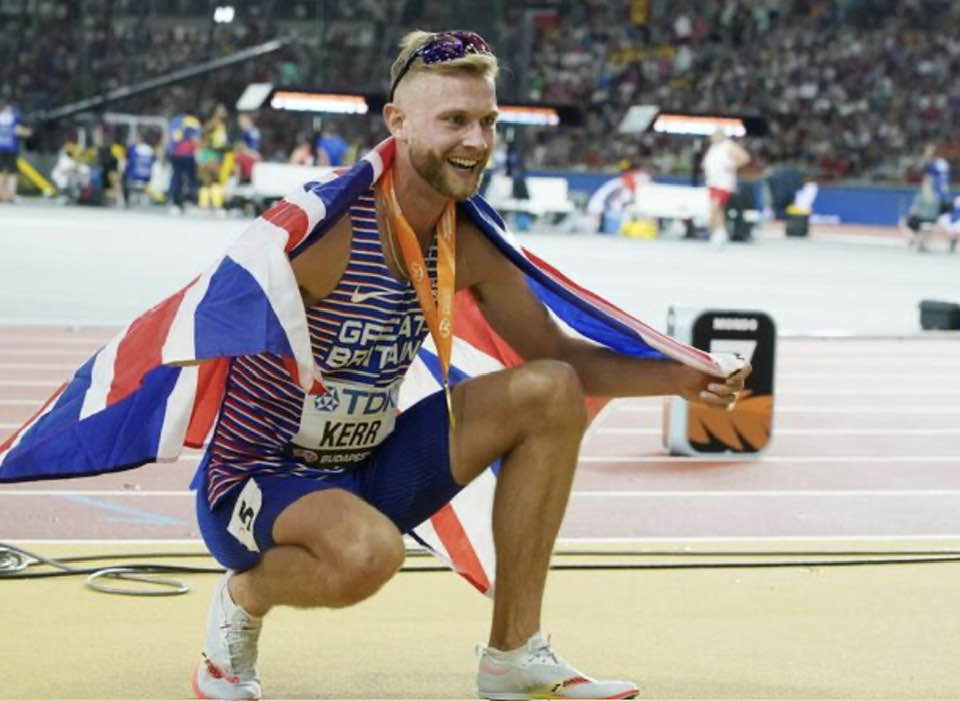
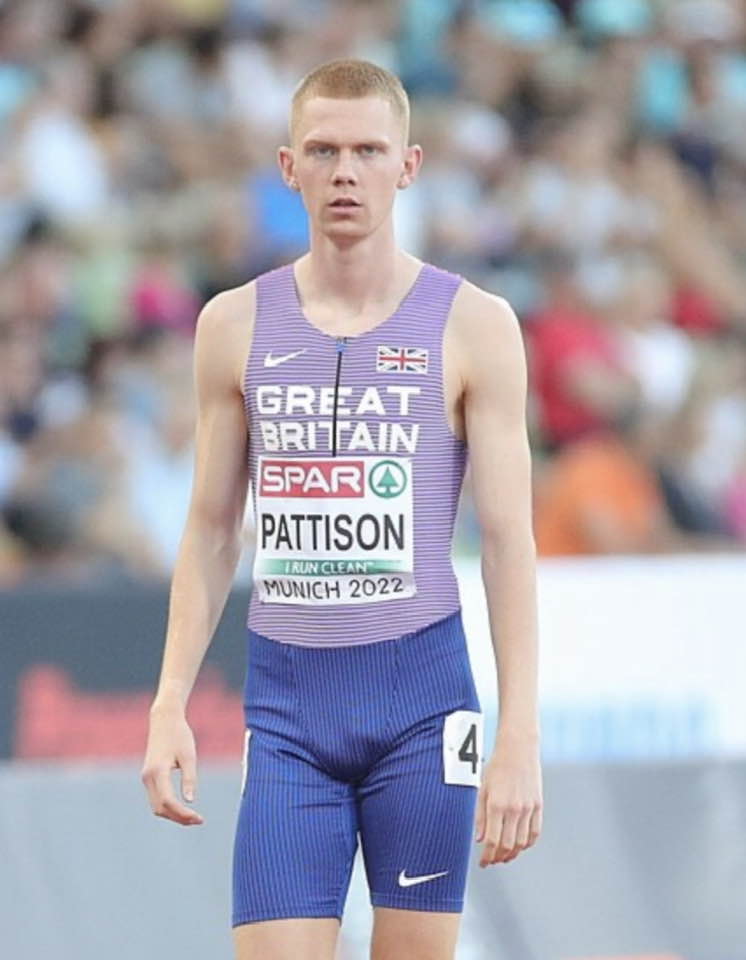
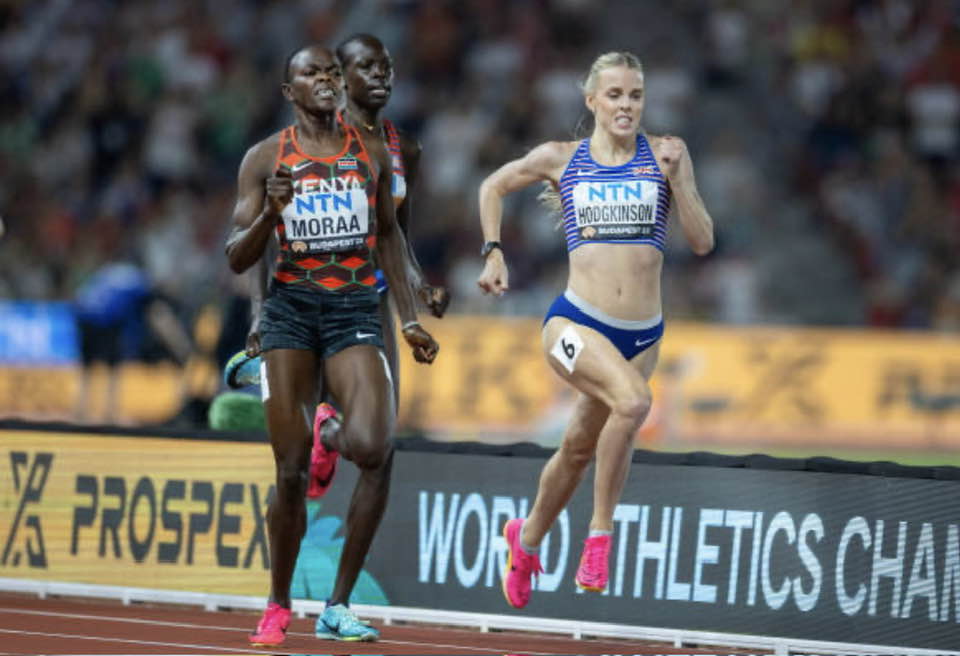
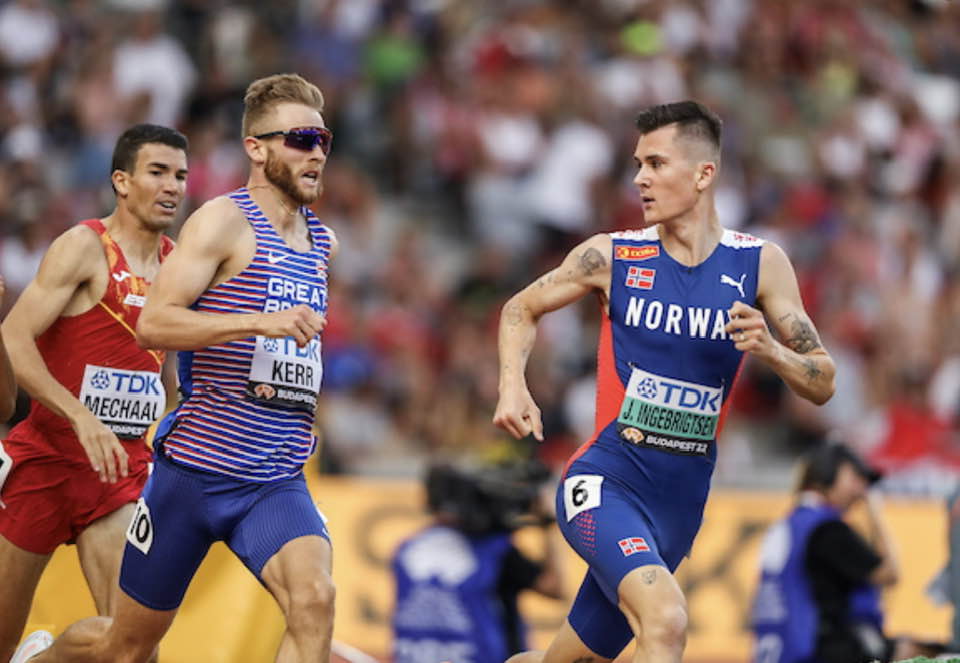
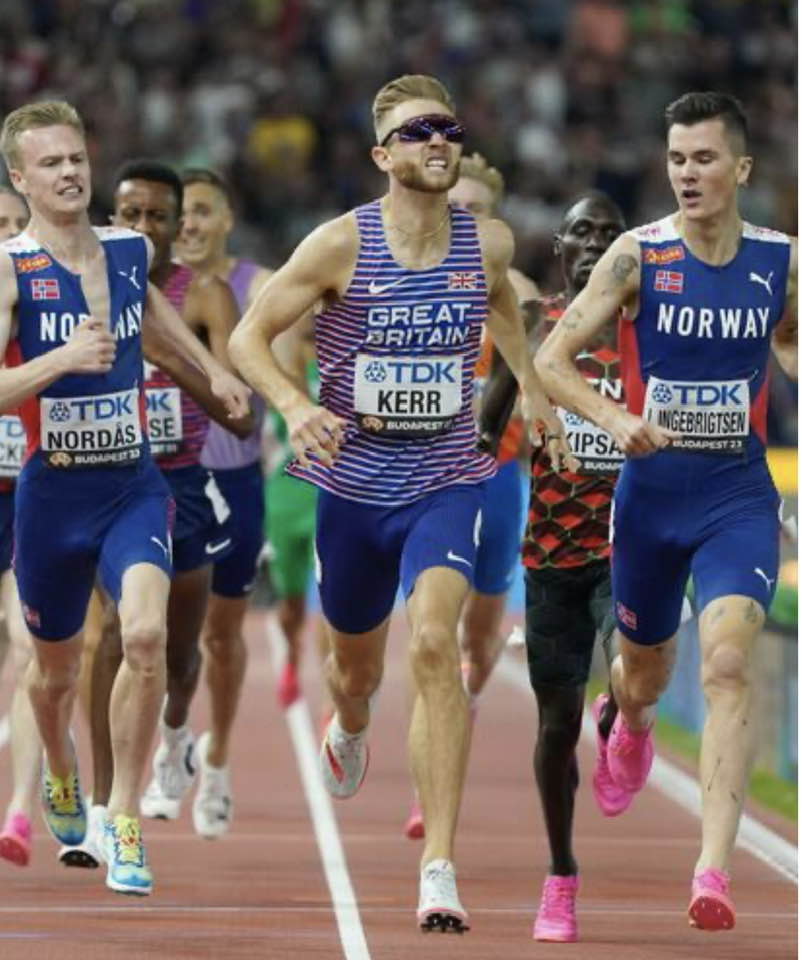
Jakob Ingebrigtsen and Narve Gilje Nordås of Norway also won the silver and Bronze respectively at the 1,500m event behind Great Britain’s Josh Kerr to record a total sweep of medals in this event by European athletes at Budapest.
Jakob Ingebrigtsen further went ahead to win the gold medal at the 5,000m event in the same championship.
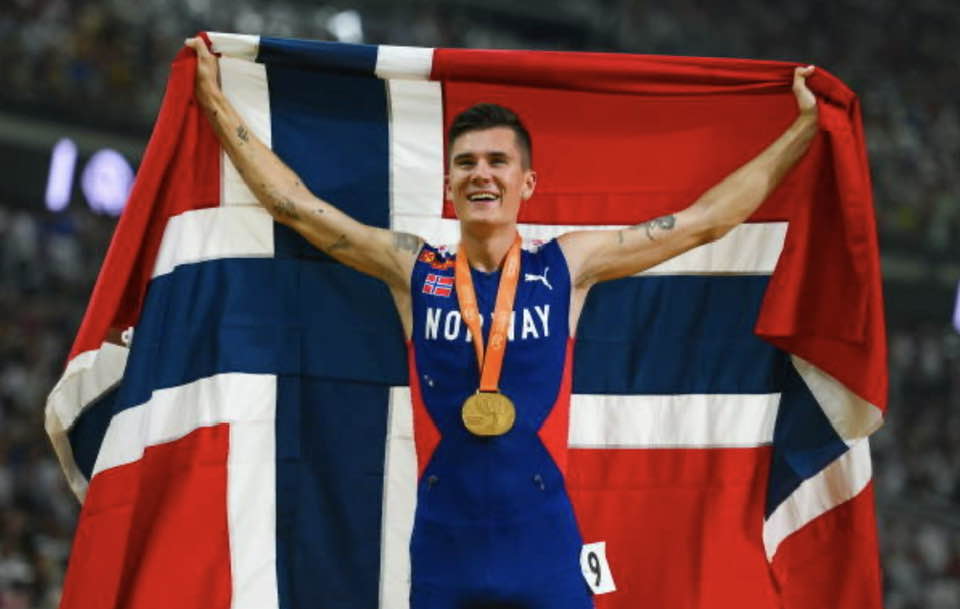
Also over the last few years, it appears that North African countries have been producing large numbers of elite international athletes. Are we now going to search for the genetic advantages of these nations?. Although there is no conclusive evidence for an inherited physiological advantage to the East African, this does not exclude the possibility that one actually does exist. It may be that the technology required to detect any differences is currently lacking.
The Kenya’s western town of Iten, is today known as the “Home of Champions” for drawing runners to train from around the world, nearly all elite endurance athletes now rise to pound the track and dirt roads of this village at dawn. Kenyan athletics stars such as marathon world record holder Dennis Kimetto and Olympic 800 metre champion David Rudisha have slogged through their race preparations here, as well as Britain’s double Olympic and world champion Mo Farah, the Norwegian 5000m gold medalist at Budapest 2023, Jakob Ingebrigtsen too.
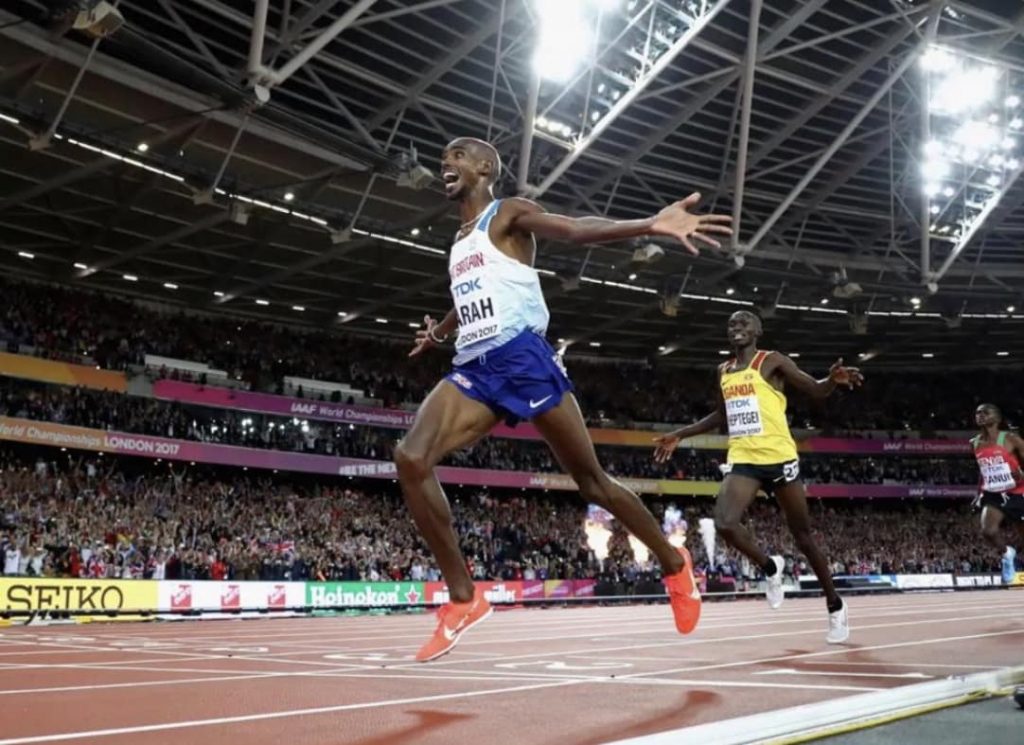
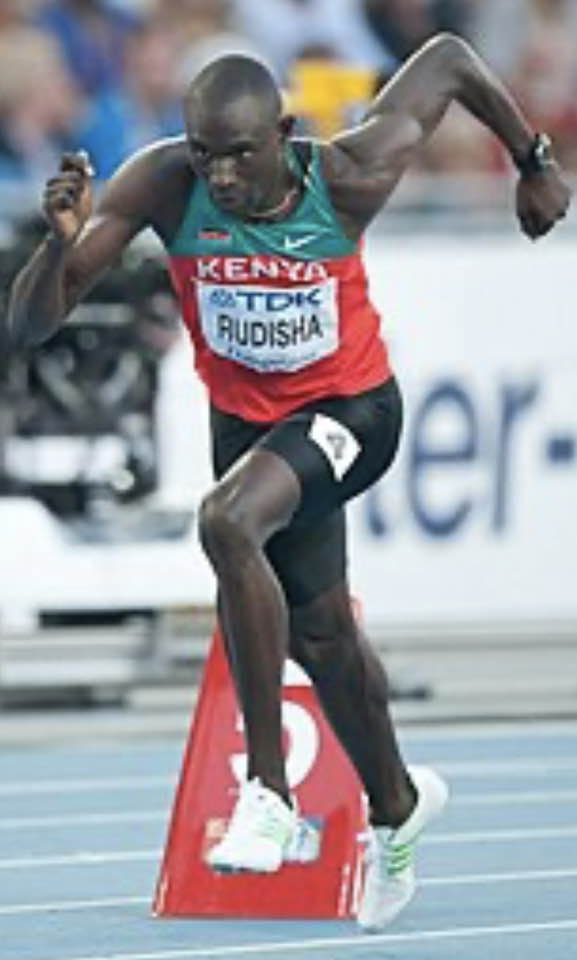
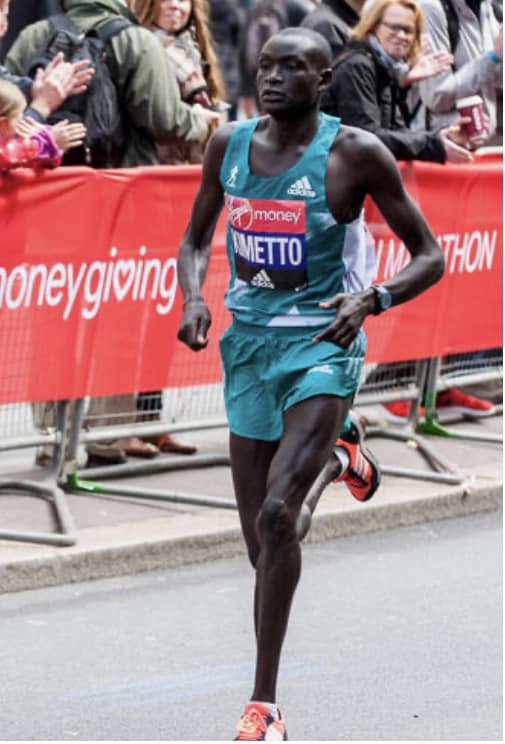
The 3 British athletes at the just concluded Budapest 2023, Ben Pattison, Keely Nicole Hodgkinson and Josh Kerr were also reported to have spent a significant amount years in preparing here.
The town also draws less experienced athletes aspiring for glory and disabled sportsmen and women aiming to compete in the Paralympics.
At 2,400 metres (7,900 feet), the altitude makes Iten an ideal location for established middle- and long-distance racers to build their endurance and stamina.
Now, if European athletes could prepare in Iten and went on to excel at the highest level as they just did at the World athletics championship in Budapest, then genetic factors as the influence on the perennial successes of athletes of Kalenjin, Arsi and Shewa tribes could be confidently said to be extremely minimal.
Renata Canova, a trainer who is called the “wizard,” and who spends much of the year in Iten, told the Daily Independent magazine, “everyone was asking the wrong question. We continue to speak about why the Kenyans are so strong. We should ask why Europeans are so weak instead” he said.
“The only secret is there’s no secret,” author Adharanand Finn quotes O’Connell saying. “It’s not one thing but a perfect storm of elements that come together in Kenya’s Rift Valley region to make the people there so strong at distance running.”
As we conclude our journey through the history and evolution of endurance races among the East African tribes of Kalenjin, Arsi, and Shewa, it becomes evident that these races are not just a testament to remarkable physical prowess but a profound expression of cultural identity, unity, and an enduring connection to the land. The legacy of these tribes, etched in every dusty trail and every triumphant finish line, serves as an enduring inspiration for all who seek to understand the depths of human resilience. In the rhythmic drumming of footsteps echoing through the highlands, we hear the heartbeat of a heritage that has stood the test of time, and in the sweat-soaked body of every runner, we witness a spirit that refuses to yield. These East African tribes have gifted the world a lesson in the enduring power of tradition, the strength of community, and the limitless potential of the human spirit.
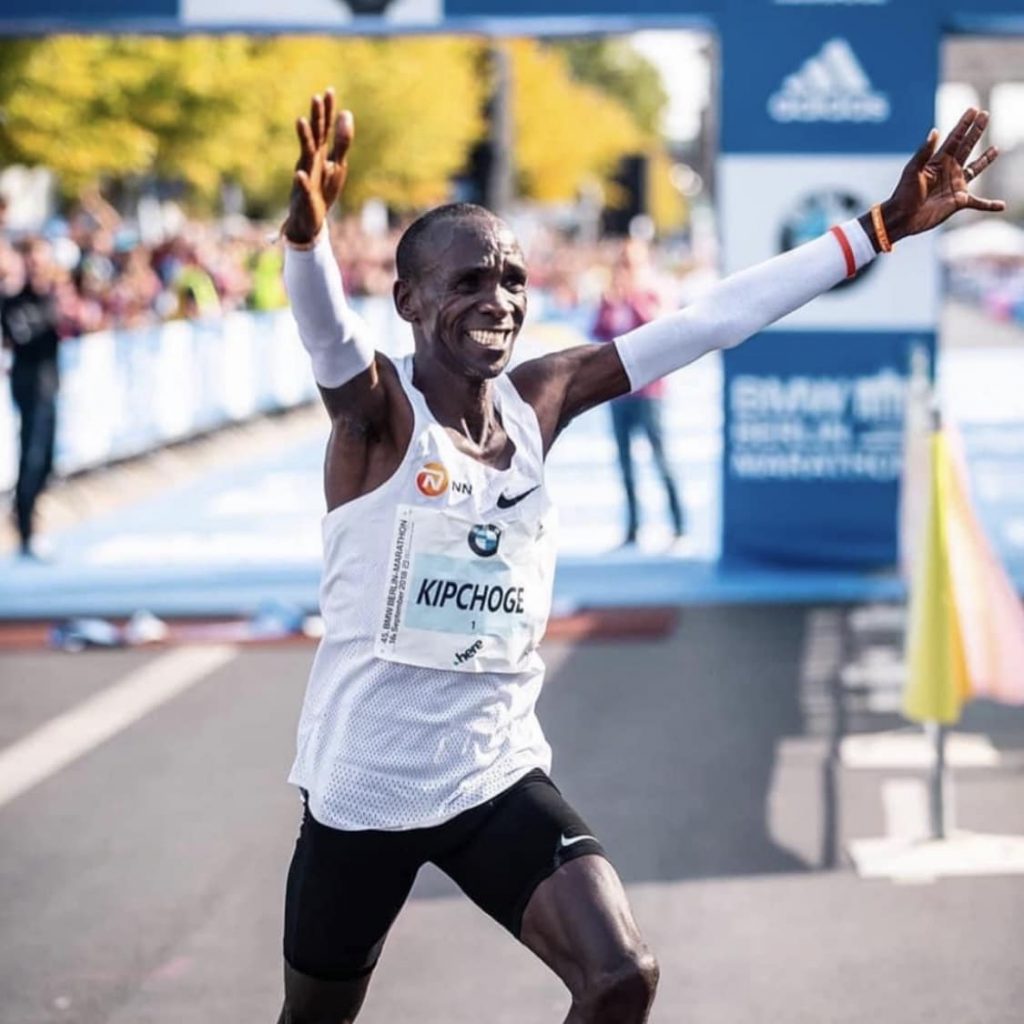
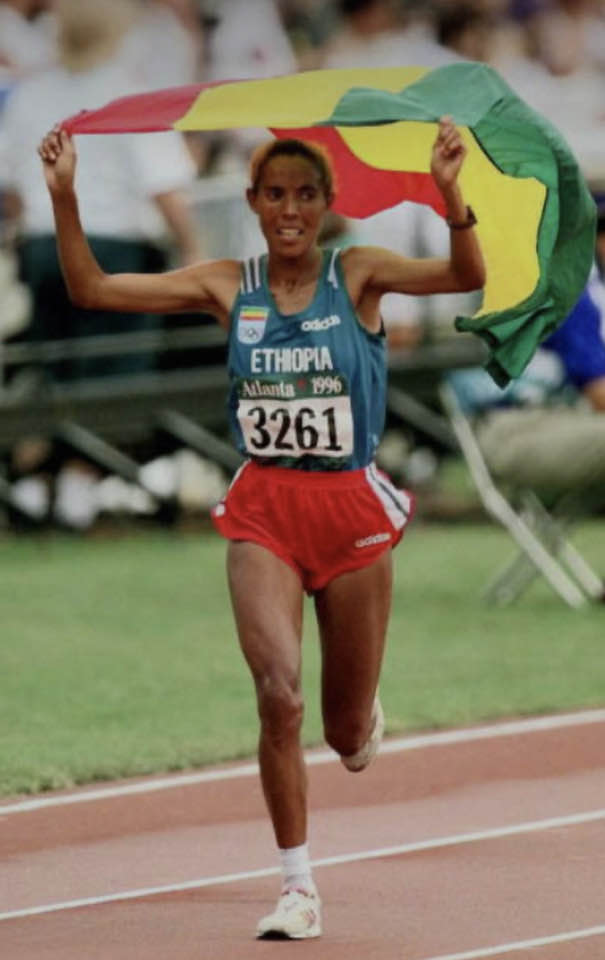
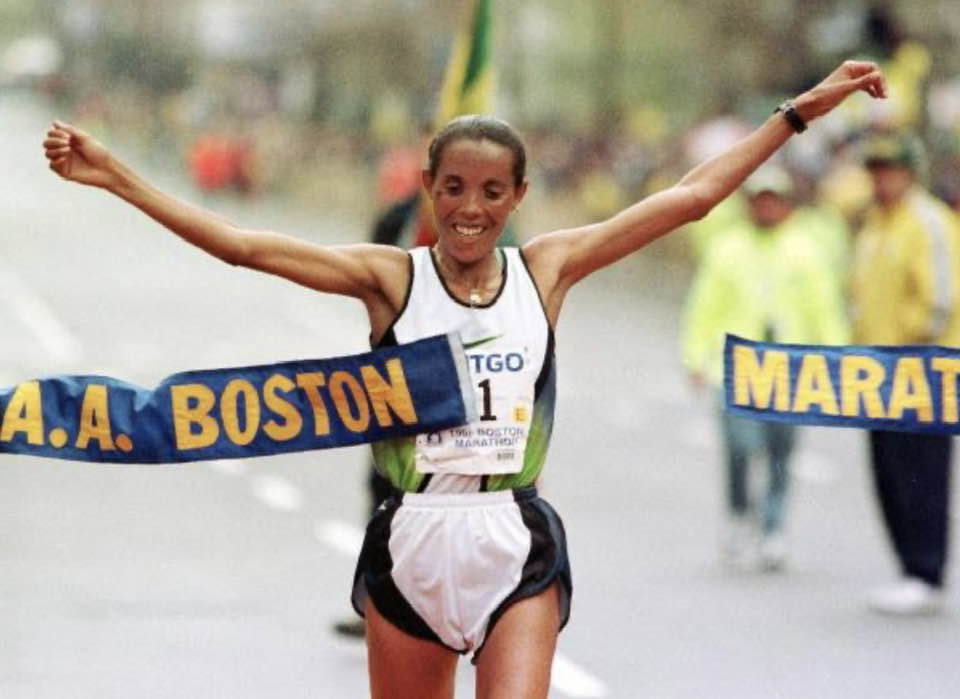
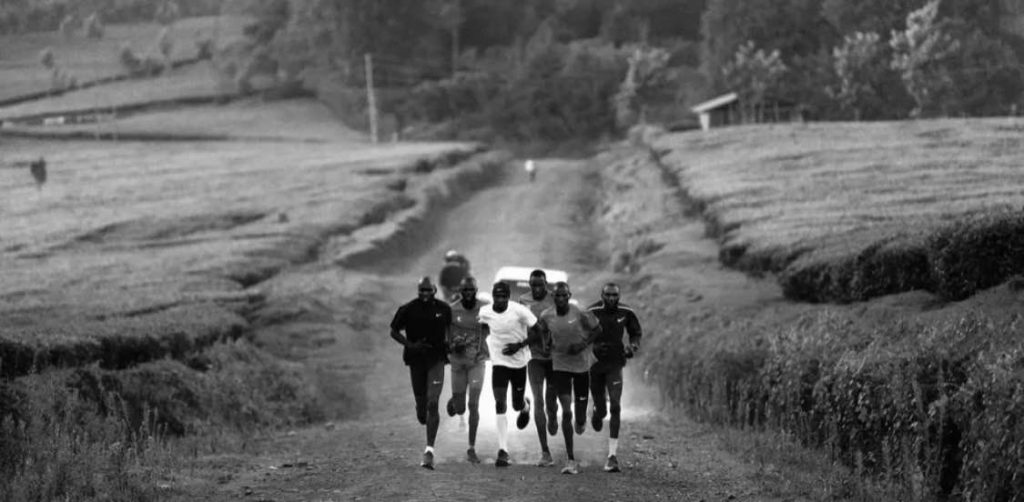

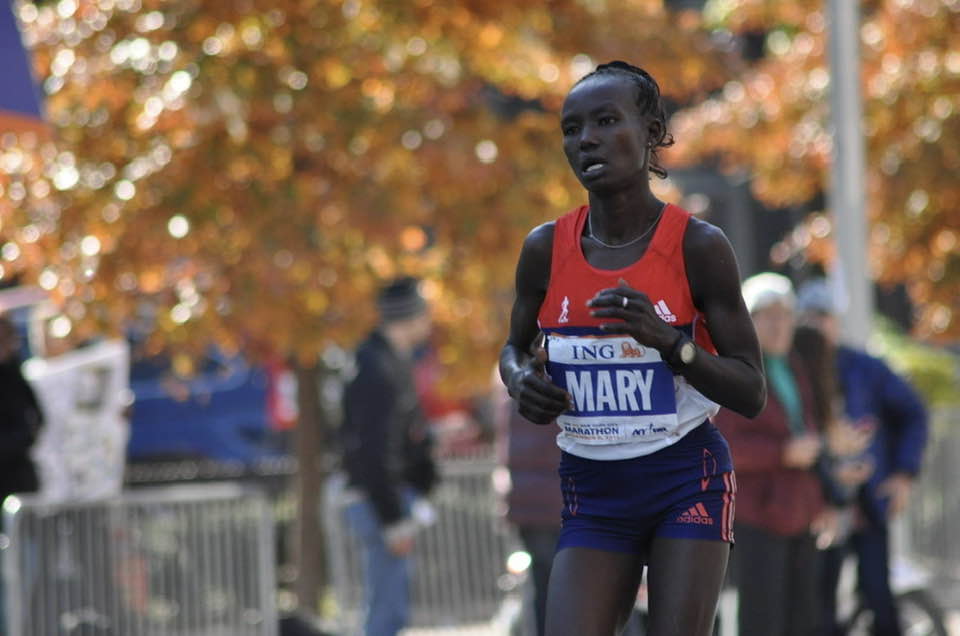
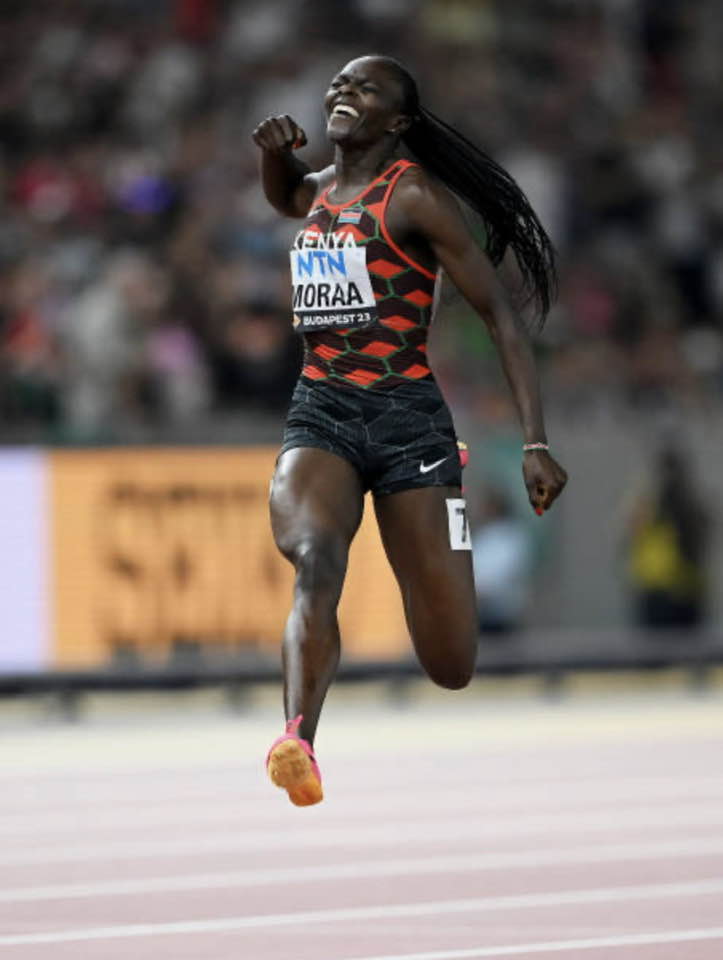
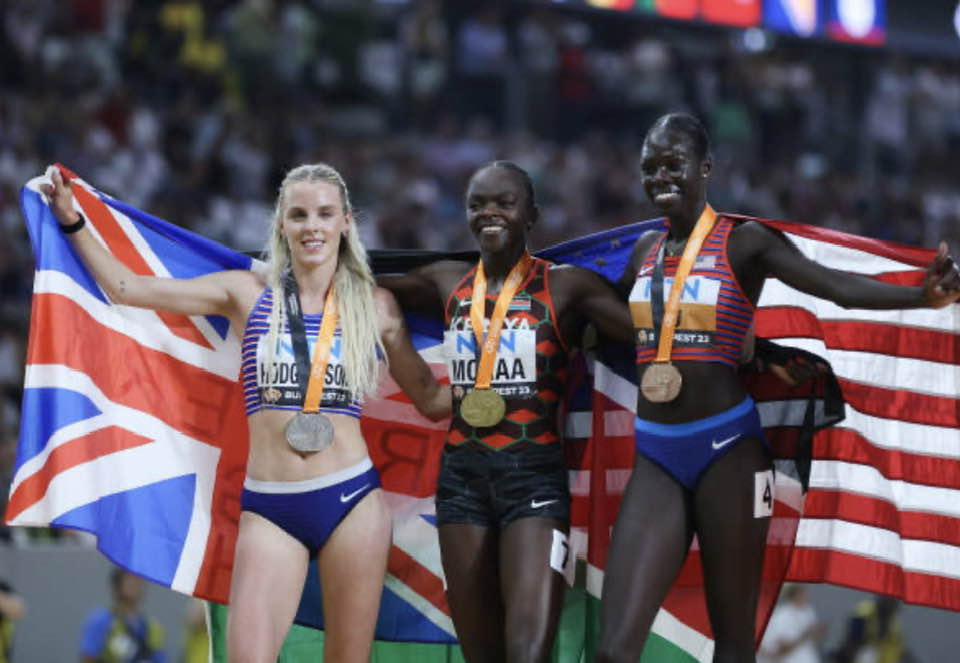
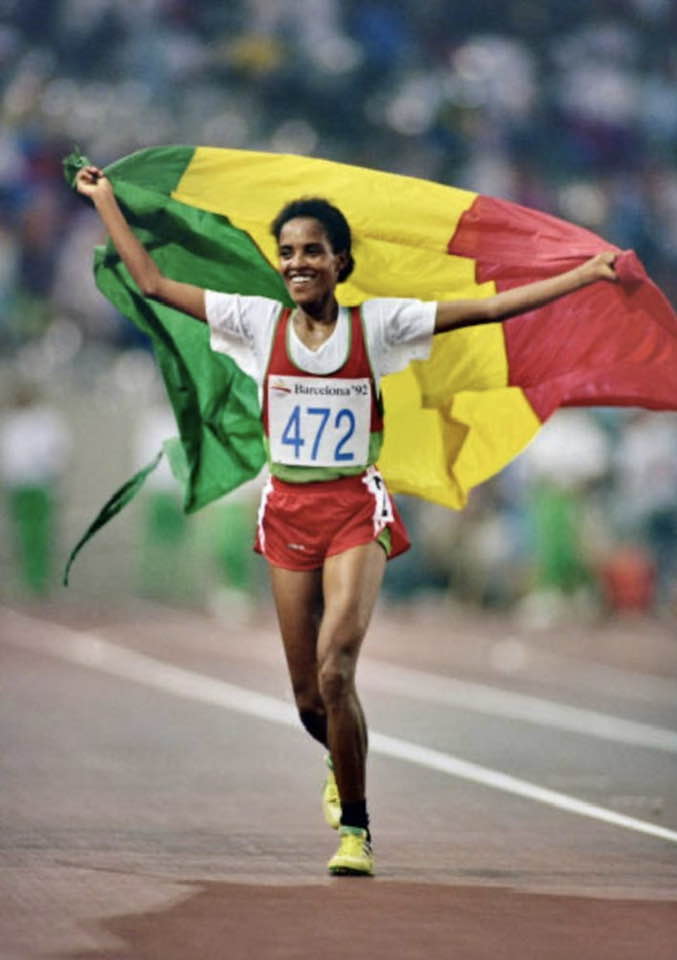
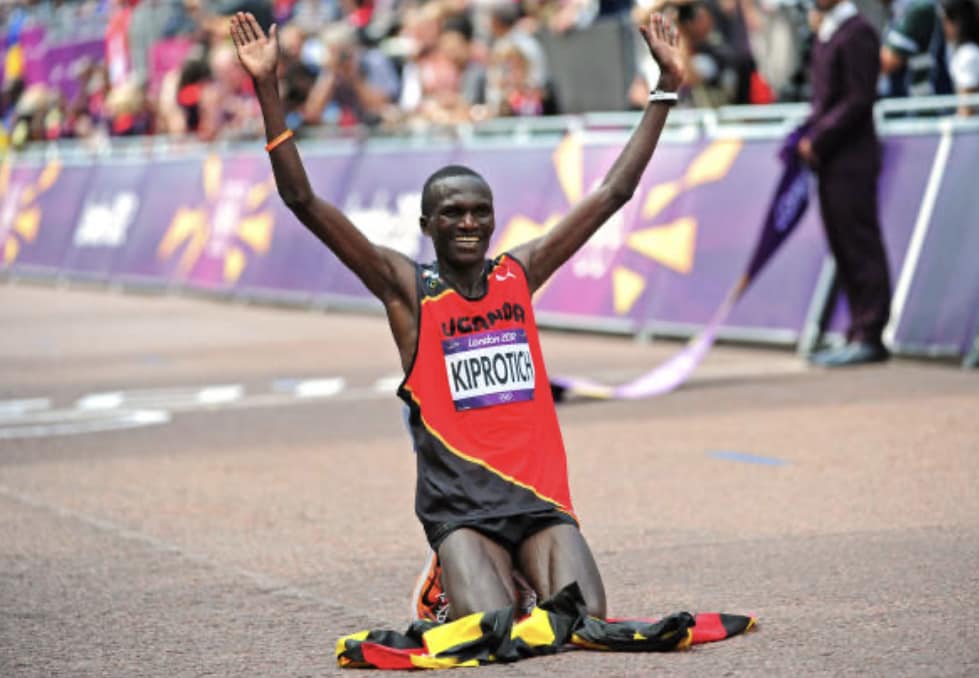
References:
- East African running dominance: what is behind it? British Journal of Medicine, April 2000 authored By Bruce Hamilton
- The Role of Nationality in Ultra-Endurance Sports: The Paradigm of Cross-Country Skiing and Long-Distance Running, Beat Knechtle etal, April 2020
- Rewards of the races: running and European athletes, Published October 8, 2020 by José Manuel
- Going for gold in the Great Rift Valley, By Eldoret, Kenya, May 2016
- Kenya’s Rift Valley, where everyone runs. By Claudia Hammond, BBC, Iten – Published 28 April 2012
- “Britain’s Kerr stuns Ingebrigtsen to take world gold”. BBC Sport. 23 August 2023. Retrieved 24 August
- legendary Paavo Nurmi – over one hundred years of Finnish sport, Suomen Liikunta ja Urheilu (SLU) (in Finnish). Archived from the original on 4 July 2014. Retrieved 24 November 2017.
- The reasons why Kenyans always win marathons lie in one region, By Faith Karimi and Idris Mukhtar, CNN, November 6, 2019
Contributions from Niyi Akinola
(Edited by Niyi Akinola)


